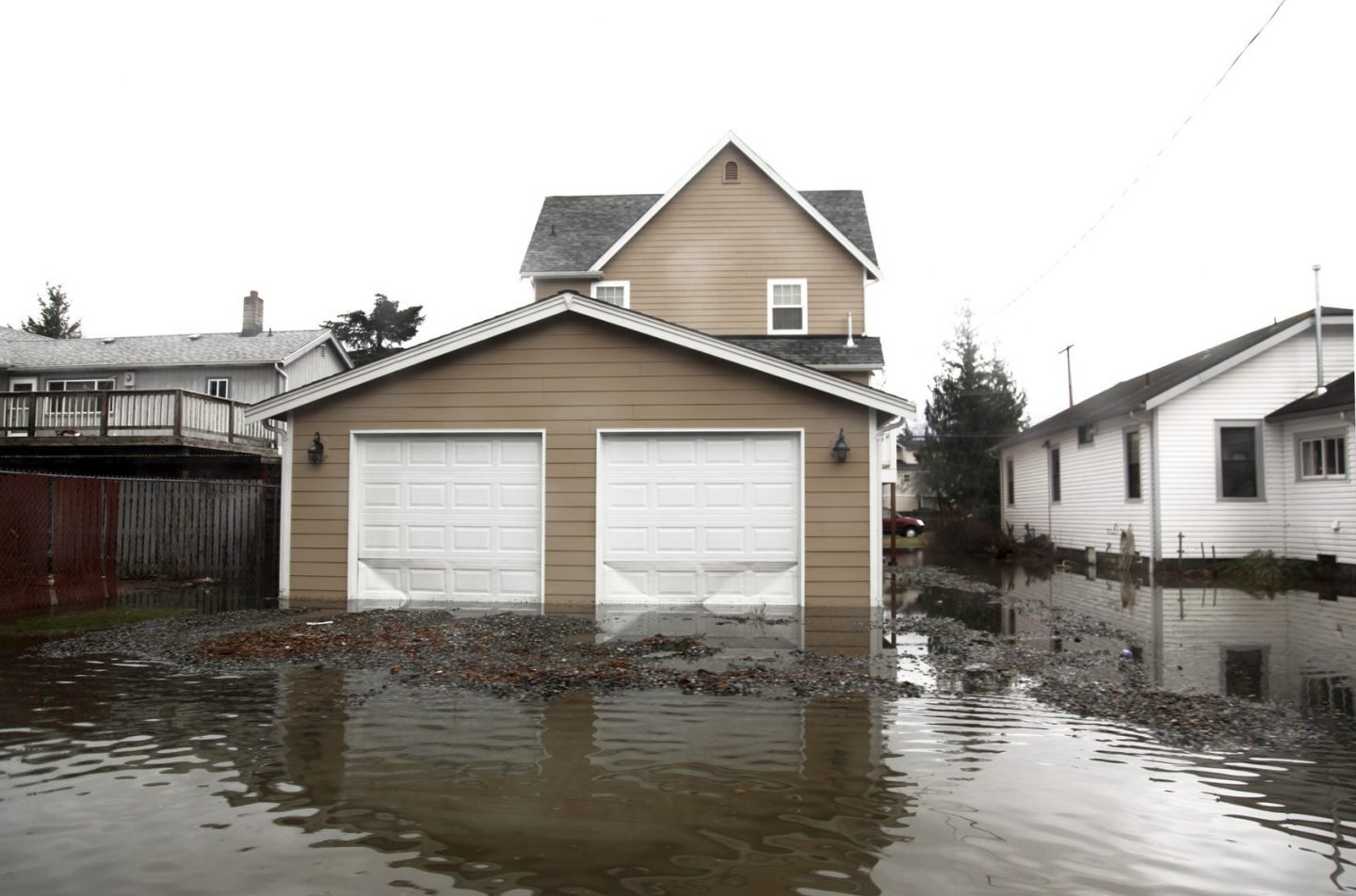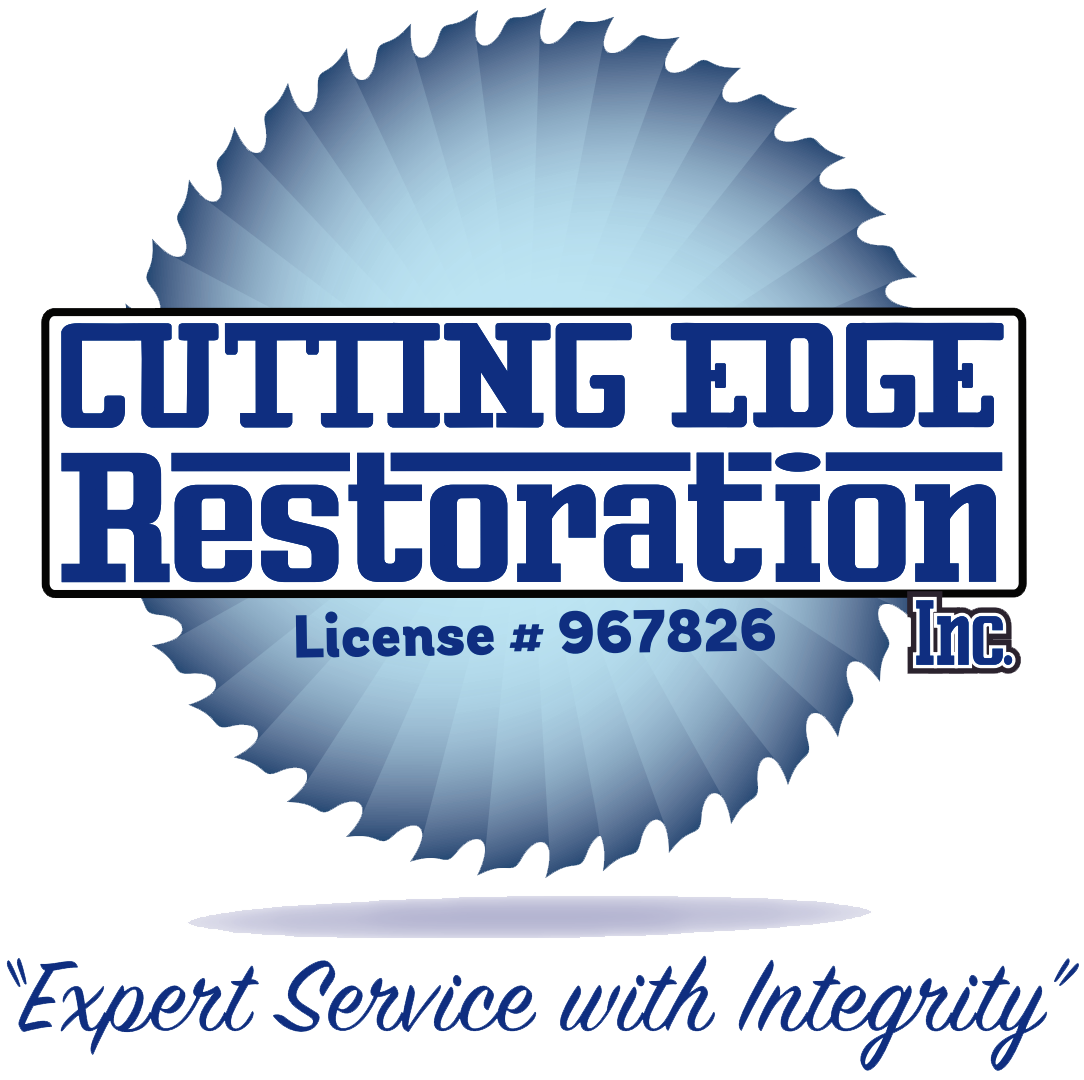
Water damage impacts about 14,000 people in the United States every day, and that’s only if we’re talking about water damage to homes. Commercial water damage also impacts thousands of people.
Water damage isn’t all the same. There are three primary categories of water damage that all have their own danger levels and restoration methods.
We’re here to talk about the three types of water damage so you can stay informed. Read on to learn more.
1. “Clean” Water Damage
Clean water damage, while still not ideal, is the least serious form of water damage to buildings. This is otherwise known as sanitary water damage, meaning that while the water itself can still cause problems, there isn’t inherently anything unsafe about it.
This water comes from a sanitary source.
Sanitary sources of water include melting ice or snow, plumbing leaks from water supply lines, rainwater, and water from the toilet tank or bowl, as long as there are no obvious contaminants.
As long as the damage is caught quickly, a good restoration expert should be able to repair most of it. Wet hardwood flooring, carpet, furniture, and even drywall can often be restored as long as the water is clean.
Of course, if the water is left for too long, it can still be problematic. Someone who doesn’t notice a clean water leak may still end up with mold and mildew, which can make restoration more complicated.
2. “Gray” Water Damage
Gray water damage is the second level of water damage to properties. This is damage from water that’s more contaminated and less safe than clean water.
It is considered “significantly contaminated,” although some of the contaminants may not seem problematic to a layperson. The contaminants could cause problems that require more than just a basic dry-out and clean.
Many types of water fit into this category.
If your dishwasher breaks and leaks, the resulting water is gray water. A large aquarium that bursts releases gray water both from the fish and the chemicals used to maintain the tank.
A toilet bowl with urine in it will release gray water, as will a punctured water bed, even if the water was clean when it was first put into the bed.
This type of water damage could illness or discomfort even if it never turns to mold. Specialized tools and anti-microbial spray may be necessary.
3. “Black” Water Damage
Black water damage is the most dangerous type of water damage. It comes from water that is dangerously contaminated. It contains pathogenic and otherwise harmful agents, and it could cause significant damage to humans if it’s inhaled, consumed, or otherwise touched.
Water from natural sources that aren’t rain, such as rivers or the ocean, can cause black water damage. Stormwater can also cause black water damage, as can water from sewage.
Affected materials all need to be removed after this type of water damage.
Those are the Main Types of Water Damage
The three main types of water damage range in severity from mild to serious. If you’ve experienced water damage to your property, even if it’s “clean” water damage, it’s important to contact a professional water damage restoration company to fix the problem.
At Cutting Edge Restoration, our team of restoration experts is ready for any task. Contact us so we can help you right away.
